Estimated reading time 9 minutes, 33 seconds.
The British Royal Navy’s largest ever warship and newest aircraft carrier, HMS Queen Elizabeth, arrived in Halifax, N.S., on Sept. 12 as part of an historic tour of Canada and the United States.
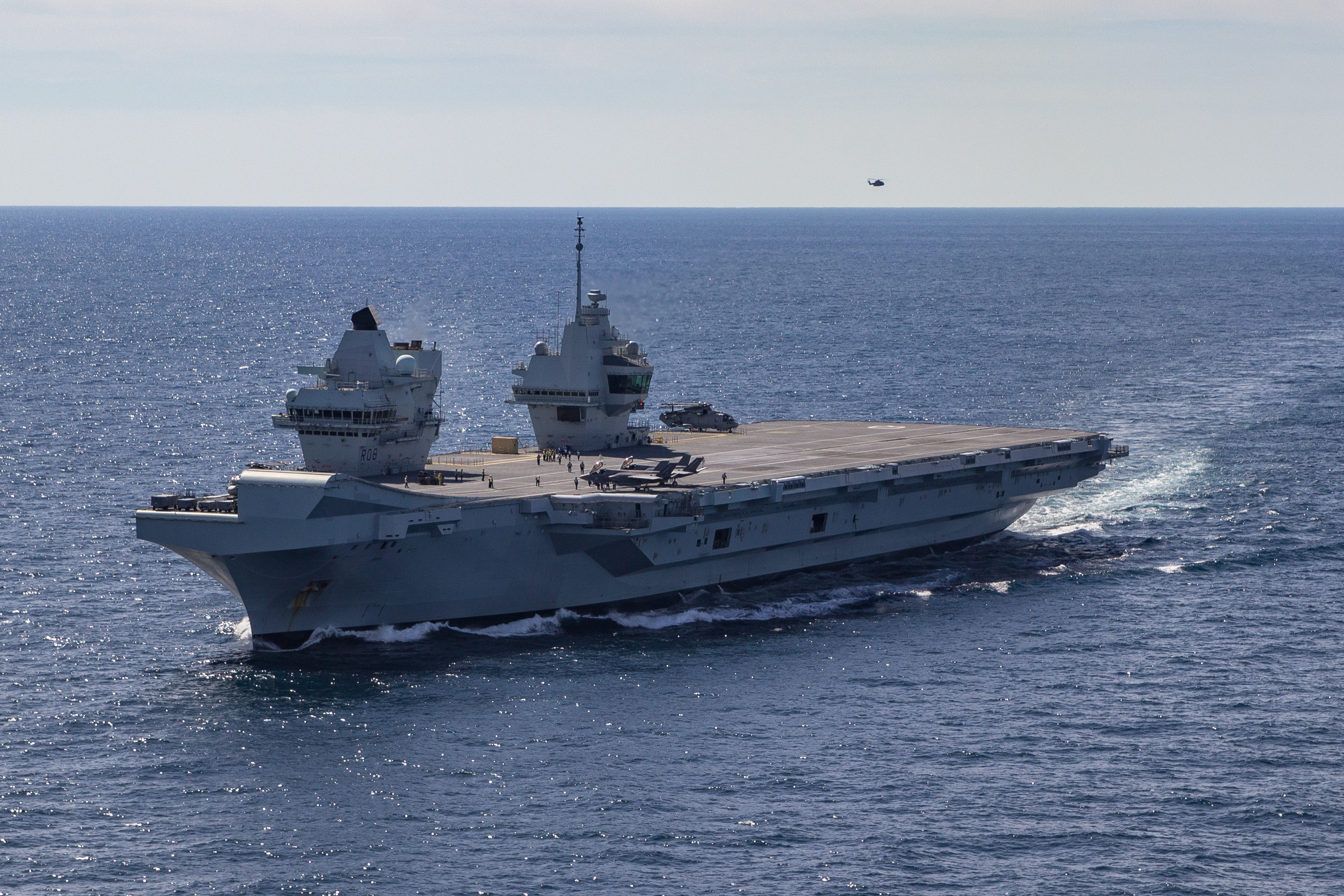
The ship is currently participating in a joint three-month exercise to facilitate the arrival of the first British-owned F-35B Lightning II fighter jets, which have short takeoff/vertical landing capability.
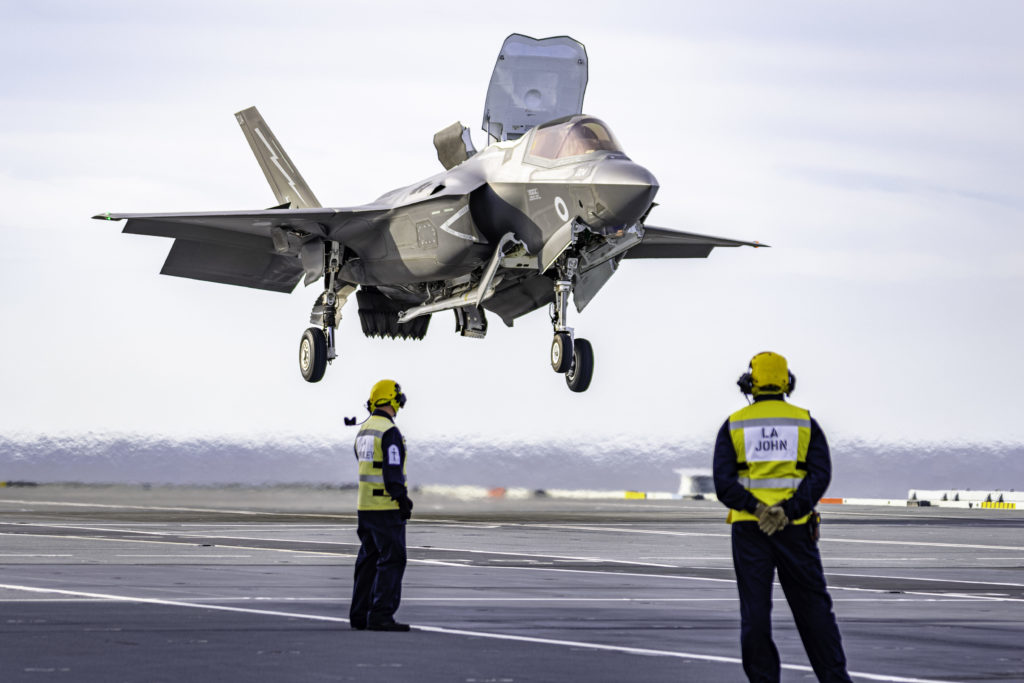
On Oct. 17, Skies embarked on the state-of-the-art ship in Atlantic waters, just off the Florida coast, for a behind-the-scenes view of the historic events.
The exercise, dubbed WESTLANT 2019, saw Queen Liz (as she is lovingly referred to by those who sail her) joined by her fellow ships HMS Dragon, HMS Northumberland, and RFA Tideforce, together forming a cohesive Carrier Strike Group.
The exercise aims to simulate, test, and evaluate the group’s ability to perform the operations and techniques utilized in combat operations. Not only did the ships operate as a group amongst themselves in a British capacity, but at times they would separate and join an American carrier group to demonstrate allied co-operation and interoperability.
Further signalling close relations with her allies, the carrier and most of the strike group made an historic first visit to Canada, making Halifax, N.S., Queen Liz’s first port of call after crossing the Atlantic.

Not only did this visit demonstrate the Royal Navy’s close relationship with the Commonwealth nation, but it also showed a high level of regard for one of Canada’s oldest dockyards and a key Allied port during the Second World War. Today, Halifax is the home of Maritime Forces Atlantic (MARLANT), the eastern base of operations for the Royal Canadian Navy.
Fleet commander for the Royal Navy, VAdm Jerry Kyd, who also was Queen Elizabeth’s first captain, further emphasized the importance of this alliance.
“We all recognize that the security of the world isn’t getting any easier. This reinforces the needs for the fundamental alliances like NATO and bilaterals around the world, but acting in coalition. This ship embodies much of that; embarked today on board are many nationalities from across the Commonwealth, including Canadians. So, we’re very proud that there’s an alchemy that is coming together here in the British carrier program that is across the Commonwealth and it’s fantastic. I think it reinforces these links that are so vital as we face down the challenges we will inevitably face in the coming decades.”

British F-35Bs
The other primary purpose of WESTLANT 2019, however, is the very first arrival and deployment of British F-35B aircraft.
Until the first U.K. fighter landed on Oct. 13, Queen Liz had only fielded jet aircraft during her previous WESTLANT exercise in 2018, when American Marine Corps F-35B jets validated the developmental concepts of the ship through more than 500 successful takeoffs and landings.
For this year’s exercise, Queen Liz would be joined by jets from 617 Squadron “Dambusters” and 17 Test and Evaluation Squadron. Pilots from the newly stood up 207 Squadron have also embarked to further their training and operational preparations.
For the United Kingdom, the ship heralds the return of fixed-wing aviation to the Royal Navy and the Fleet Air Arm. British F-35B aircraft have been undergoing testing along with pilot training in the United States, and just this year have begun moving pilot training to the U.K. To facilitate that program, 207 Squadron was reactivated at RAF Marham with jets previously used at Marine Corps Air Station Beaufort in the U.S.
207 Squadron is the third F-35 squadron for the country, alongside the fully operational 617 Squadron. Testing of the fighters continues in the United States with the 17th Test and Evaluation Squadron at Edwards Air Force Base in California.
Carrier Air Group commander James Blackmore, who in 2009 flew the final flight of a Harrier from the last British carrier, the HMS Ark Royal, was enthusiastic about the upgrade.
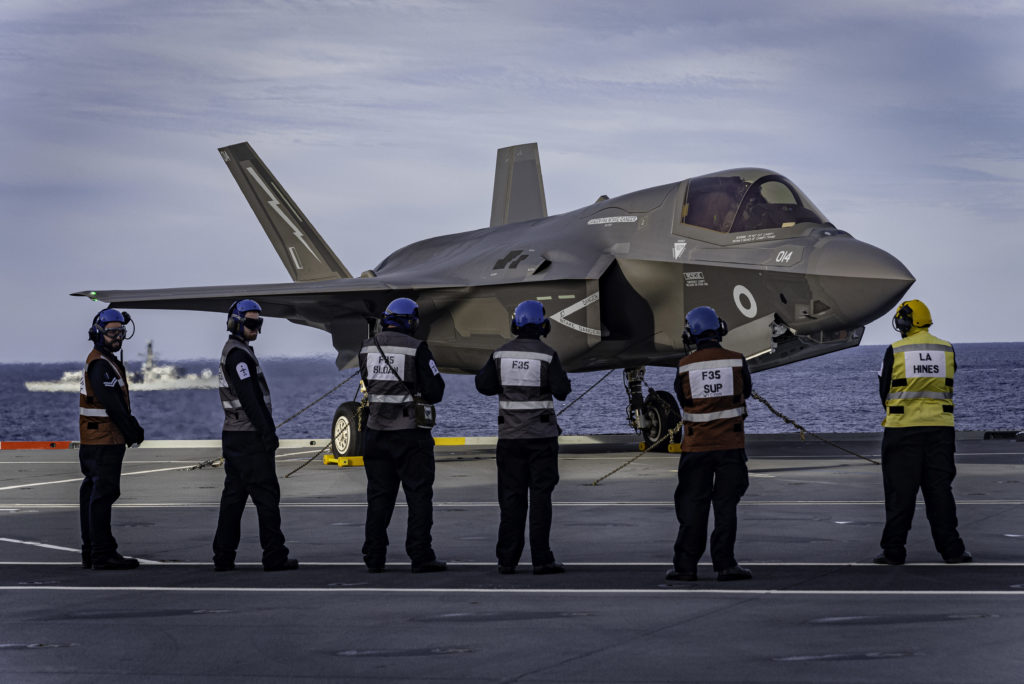
“The level of capability is decades on from where we were. What one aircraft can do now . . . you can deliver what would’ve taken four to eight aircraft in the past. Marrying that with the HMS Queen Elizabeth, a fifth-generation carrier designed purely for the F-35, you’ve got a marriage made in heaven.”
Unlike other aircraft carriers of the world, Queen Liz is arriving on the scene as the first fifth-generation carrier, touting incredible autonomy and a light crew. Compared to her similar-sized American Nimitz and Ford class counterparts, which operate crews of around 4,000 strong, Queen Liz sails on a minimum crew of only 800, rising to around 1,400 with air wing and other specialty staff embarked.
Various autonomous aspects of the ship include a fully automated weapons storage system very similar to those found in storage warehouses. Software controlled, robotic platforms and racks within the ship move bombs and ammunition from magazines to the flight deck and hangar bay with only the tap of a screen. The usage of the system is the first of its kind in a maritime application, and it greatly reduces the time and number of crew needed to safely transfer and arm aircraft.
The ship herself, and her operations, are quite unique. Featuring minimal personnel on deck, flight operations take place utilizing a system of colour-coded uniforms and are controlled from the ship’s second island. Unlike American carriers, Queen Liz features two islands as a redundancy. When in normal operation, the rear island controls flight operations while the other controls the ship itself.

Radio communications are relayed between the deck personnel and the islands have large LED information boards showing what is occurring. These boards display information such as flight time, aircraft number, landing/launch site, and direction of flight.
The ship, her crew, and her strike group are readying for their first operational deployment in 2021, which will see the full embarkation of a U.S. Marine Corps F-35B squadron, the very first allied deployment of its kind for either nation. This deployment will set sail for the Mediterranean Sea, the Persian Gulf, and ultimately end up in the Pacific before returning to the U.K.


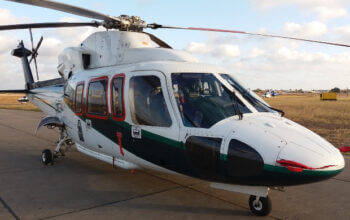


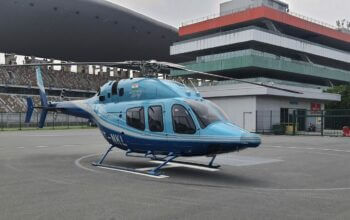

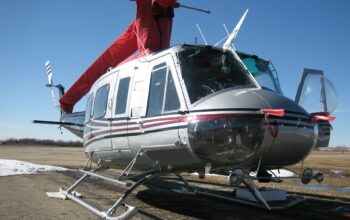

It’s awesome article! But that’s my son. Matt Haskell lol